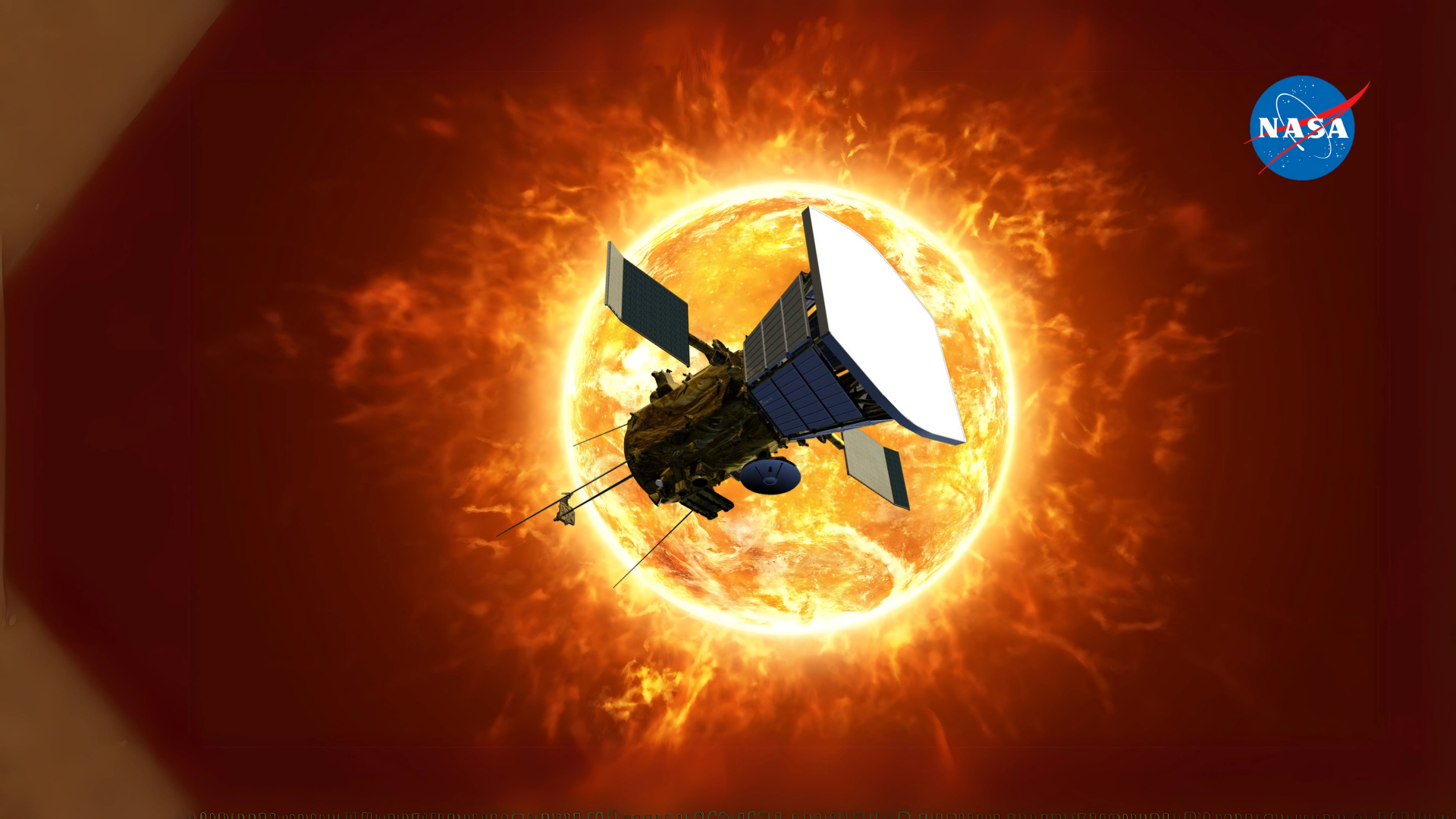The Parker Solar Probe has once again astounded scientists and space enthusiasts worldwide by achieving its closest flyby of the Sun yet. This groundbreaking mission, launched by NASA in 2018, has consistently pushed the boundaries of human knowledge and engineering. With its latest feat, the probe not only sets a new record but also promises to deliver unprecedented insights into the workings of our star. As the world eagerly awaits the next signal from the probe, let’s explore the details of this remarkable mission, its significance, and its implications for future space exploration.
The Parker Solar Probe Mission
The Parker Solar Probe was designed with a singularly ambitious goal: to “touch” the Sun. Named after the pioneering astrophysicist Eugene Parker, who predicted the existence of solar winds, the mission aims to study the Sun’s outer atmosphere—its corona. This region is a source of many scientific mysteries, including why it is exponentially hotter than the Sun’s surface and how solar winds accelerate as they travel through space.
Launched on August 12, 2018, the probe embarked on a seven-year journey that includes 24 planned orbits around the Sun. Each orbit takes it closer than ever before, thanks to a gravity assist maneuver around Venus. By the end of its mission, the Parker Solar Probe is expected to travel within 3.83 million miles of the Sun’s surface—a proximity no other spacecraft has dared to approach.
Equipped with cutting-edge instruments, the probe has already delivered transformative data on solar winds, magnetic fields, and energetic particles. This latest flyby, however, marks a pinnacle of achievement, promising to unlock even deeper secrets of our star.
The Closest Flyby
On its latest pass, the Parker Solar Probe reached an astonishing distance of just over 4 million miles from the Sun’s surface, breaking its own record. Traveling at a mind-boggling speed of approximately 430,000 miles per hour, the spacecraft has set a new benchmark for human-made objects.
This proximity to the Sun presents immense challenges. The probe endures temperatures exceeding 2,500 degrees Fahrenheit, with its advanced heat shield protecting its sensitive instruments from melting. Designed with a carbon-composite exterior, the shield ensures that the internal systems remain cool and operational.
What makes this particular flyby even more thrilling is the promise of unique data that scientists believe could fundamentally reshape our understanding of the Sun’s dynamics. Observations from this close encounter are expected to illuminate the mechanisms behind solar eruptions, which can have profound impacts on Earth’s technology and communication systems.
Scientific Significance
The data collected by the Parker Solar Probe is more than just a collection of numbers; it represents a leap forward in heliophysics—the study of the Sun and its influence on the solar system.
One of the most perplexing questions in solar science is the extreme temperature disparity between the Sun’s surface and its corona. While the surface burns at about 10,000 degrees Fahrenheit, the corona blazes at millions of degrees. This mystery, known as the “coronal heating problem,” has baffled scientists for decades.
The Parker Solar Probe’s close-up observations may finally provide answers, revealing the mechanisms that heat the corona to such extremes. Additionally, the probe is expected to shed light on the origins and acceleration of solar winds, which play a crucial role in shaping space weather.
Understanding solar winds is not merely an academic exercise. These charged particles can interact with Earth’s magnetic field, causing geomagnetic storms that disrupt satellites, power grids, and even aviation. Insights from the Parker Solar Probe could lead to better forecasting and mitigation of these effects, safeguarding our technology-dependent society.
Signal Reception and Data Processing
As groundbreaking as the probe’s journey is, its discoveries depend on the successful transmission and analysis of data. Communicating with a spacecraft operating so close to the Sun is no small feat. The intense solar radiation and the probe’s high-speed trajectory complicate signal transmission.
The Parker Solar Probe periodically transmits its findings back to Earth via NASA’s Deep Space Network, a global system of antennas that facilitate communication with interplanetary missions. Scientists eagerly anticipate the next signal, which will carry the raw data from this historic flyby.
Decoding and analyzing this data is a painstaking process. The transmitted information must be interpreted to reveal patterns, anomalies, and groundbreaking insights. However, the excitement among researchers is palpable, as they know that each byte of data brings them closer to unlocking the Sun’s most guarded secrets.
The Broader Implications
The Parker Solar Probe’s success extends beyond its immediate scientific goals; it sets the stage for the future of space exploration. This mission has pushed the boundaries of what spacecraft can endure, paving the way for more ambitious missions to other extreme environments in our solar system and beyond.
For instance, the technologies developed for the Parker Solar Probe, particularly its heat shield and cooling systems, could be adapted for missions to Venus, Mercury, or even exoplanets orbiting close to their parent stars. The mission also serves as a testament to international collaboration in space science, inspiring researchers and engineers worldwide.
Furthermore, the Parker Solar Probe fuels public interest and enthusiasm for space exploration. Its record-breaking achievements and the mysteries it seeks to solve capture the imagination of people around the globe, reigniting a sense of wonder about the universe.
Conclusion
The Parker Solar Probe’s latest flyby of the Sun is a milestone in the history of space exploration. By venturing closer to our star than ever before, it continues to challenge our understanding of the cosmos while demonstrating the ingenuity and resilience of human engineering.
As we await the signal from this daring spacecraft, the world stands on the cusp of scientific breakthroughs that could redefine our relationship with the Sun. From solving the coronal heating problem to enhancing our preparedness for solar storms, the Parker Solar Probe’s journey promises to leave an indelible mark on science and technology.
Stay tuned for more updates from this historic mission as it brings us one step closer to unveiling the mysteries of the Sun.

Jahanzaib is a Content Contributor at Technado, specializing in cybersecurity. With expertise in identifying vulnerabilities and developing robust solutions, he delivers valuable insights into securing the digital landscape.







